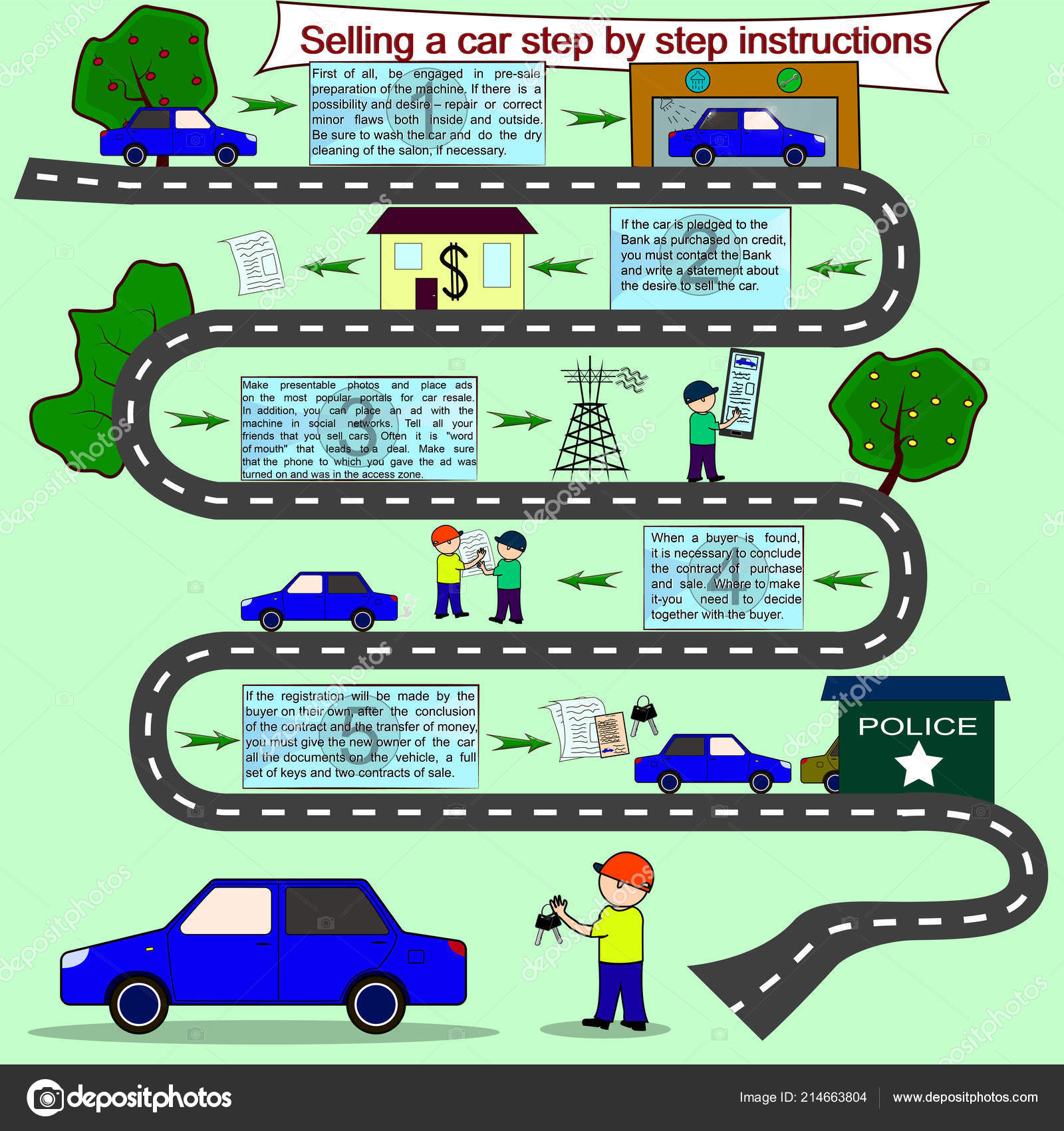Open The Hood To Check Out Common Brake System Mistakes And Their Services
Open The Hood To Check Out Common Brake System Mistakes And Their Services
Blog Article
Web Content Writer-Prater Damborg
When it concerns your car's brake system, recognizing typical problems can conserve you from prospective security hazards. From identifying brake pad wear to resolving brake liquid leakages, recognizing exactly how to tackle these problems is necessary. But what regarding those squishy brake pedals? There's a fix for that as well. Keep tuned to learn more concerning these problems and the practical options that can maintain you safely when driving.
Brake Pad Put On and Substitute
When it concerns preserving your lorry's brake system, one essential aspect to watch on is the wear and replacement of brake pads. Brake pads are essential components that press against the brake blades to decrease or quit your car. In time, these pads wear down because of rubbing, calling for regular evaluation and substitute to ensure your brakes work efficiently.
To establish if your brake pads need substitute, pay attention for shrieking or grinding noises when you use the brakes. Furthermore, if your vehicle takes longer to stop or you discover vibrations or pulsations when braking, it might be time to replace the brake pads.
Disregarding worn brake pads can lead to decreased braking efficiency, damages to other brake elements, and even brake failing.
Replacing repair car ac is a fairly simple process for many automobiles. Nevertheless, if you're unclear or unpleasant doing this task, it's finest to get in touch with an expert technician to make sure proper installment and optimal brake performance.
On a regular basis inspecting and replacing brake pads is crucial for your safety and security and the durability of your automobile's stopping system.
Brake Fluid Leaks and Maintenance
To guarantee your car's brake system operates efficiently, it's important to also take notice of brake fluid leakages and maintenance. Brake fluid is important for transmitting the force from your foot on the brake pedal to the real stopping system. One usual concern with brake fluid is leakages, which can happen because of tatty brake lines, seals, or links. If you see a puddle or trickles under your cars and truck, it's important to attend to the leak without delay to stop a potential brake failure.
Routinely checking your brake liquid level is key to preserving your brake system. Reduced https://oil-change-places-near-me39406.blog-eye.com/30368873/eco-conscious-strategies-for-your-automobile-service-center-to-minimize-environmental-impact can cause air entering the brake lines, which compromises stopping efficiency.
In addition, old or polluted brake liquid can influence the total efficiency of your brakes. https://www.bizjournals.com/kansascity/news/2022/04/04/tesla-proposed-auto-repair-shop-lenexa-kansas.html 's advised to comply with the producer's standards on when to transform the brake liquid, normally every 2 years.
Spongy Brake Pedal: Bleeding Brakes
If you've ever before experienced a mushy brake pedal while driving, you understand the importance of keeping a firm and responsive stopping system. https://ecu-tuning-software-free30517.blogsvila.com/30395613/disclosing-the-mysteries-of-a-luxury-automotive-service-center-encounter for a squishy brake pedal is air caught in the brake lines. When air gets in the brake system, it can lead to a loss of hydraulic pressure, leading to that distressing mushy sensation when you press the brake pedal.
To fix this concern, hemorrhaging the brakes is necessary. Bleeding the brakes involves getting rid of the air from the brake lines to restore proper hydraulic pressure.
To bleed the brakes, you'll need an assistant to assist you. Begin by finding the brake bleeder valve on each wheel, typically located near the brake caliper. With a wrench, loosen the valve and have your assistant press the brake pedal while you observe any air bubbles appearing. Repeat this process for every wheel, starting from the wheel farthest from the master cyndrical tube and relocating more detailed.
As soon as you no more see air bubbles and just clear fluid emerges, tighten up the valve and top up the brake liquid storage tank as required. Hemorrhaging the brakes helps make sure a company brake pedal and enhances overall braking performance.
Conclusion
Now that you recognize usual brake issues and how to fix them, you can ensure your vehicle's safety and performance. Bear in mind to pay attention for warning signs like screeching sounds or spongy brake pedals, and resolve them quickly. Routine maintenance and timely replacements are key to keeping your brakes in leading condition. Remain proactive and mindful to your brake system to delight in secure and trustworthy driving experiences.
